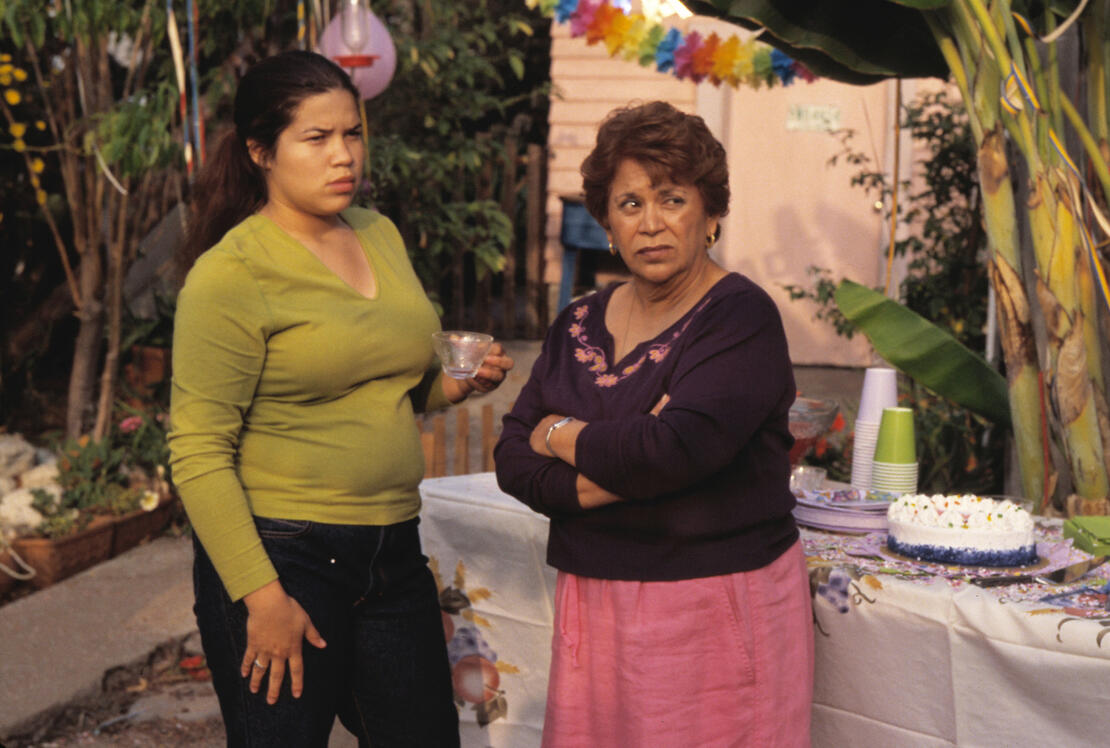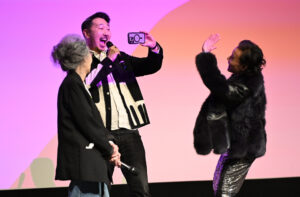By Carla Renata
I’ve always been fascinated with how plus-sized women are perceived on screen and noticed there was a definite bias. Having recurred on numerous sitcoms myself, I can unequivocally confess that when you are of a certain girth and a woman of color, one is expected to either have an attitudinal disposition or be the punchline at the end of a joke. I specifically recall being told numerous times in auditions or on set to “give her a little more sass,” which always rubs me the wrong way. Mostly due to the fact that the word ‘sass’ was often used in films synonymous with slavery describing a servant or field worker who was just a little too courageously independent in their thinking or actions.
Trust me, it’s not a compliment. Not once, was I ever given the opportunity in these acting jobs to reflect a full human being, and not a celebrated stereotype devoid of any real personality. It’s a problem that has leaped from the big screen to the small screen.
In the last few years, there has been much discussion around how representation matters with those conversations often limited to diversity, inclusion pertaining to race or gender — not necessarily girth. For decades, zaftig female characters in film and television have often been written and portrayed as immoral, unstable, unlovable, and unidimensional. There seems to be an unspoken fear of plus-sized women bordering on hatred and horror that somehow these characters must be reduced to no sense of self or a sight gag to not be threatening.
In 2009, audiences were introduced to Gabourey Sidibe, whose portrayal as the titular character in Precious was so mesmerizing she would go on to land nominations for Best Actress from the Film Independent’s Spirit Awards, Golden Globes, and the
Academy Awards. In her first acting gig, Sidibe’s portrayal was so convincing, folks were flabbergasted that not only did Sidibe not sound or act like her character, but was indeed, a bright, hard-working artist who was pursuing a degree in psychology at Mercy College prior to being cast in the acclaimed Lee Daniels–helmed film. Was it because the industry saw her size first instead of her worth?
Back in 1988, Ricki Lake set cinema on fire in John Water’s fun-filled yet poignant Hairspray, which premiered in the Dramatic Competition section of the Sundance Film Festival. Folks seemed to be genuinely surprised at how gifted a dancer Lake was in the film, because it was assumed that her size would limit her dancing mobility and flexibility. However, on the complete opposite end of the spectrum, a journalist recently took a shot at EGOT winner Whoopi Goldberg stating that she was “distracted by Goldberg’s fat suit.” The reality is Goldberg had a little extra due to steroids she was taking for a back condition while shooting Till.
But why did her size have to be brought up at all? Again, why is being less than what some people deem as a societal size standard have anything to do with whether a performance or a film is deemed great art? Why is there a consistent mixed signal of what fat is and is not.
This industry seems to be doubling down on pretending fat women don’t exist or only exist within the confines of tricking viewers into thinking everything but the obvious…regardless of weight all humans want and need to be loved and respected personally and professionally. Women should be celebrated for their tenacity, ingenuity, beauty and brawn, not the size of their waist.
Sundance started the rally cry with films like Real Women Have Curves in 2002 starring my former Superstore cast mate America Ferrara, highlighting what happens when a family embraces a loved one for who they are and not who you want them to be based on their size. To this day, I can still see the late Lupe Ontiveros telling Anna, “not to eat the flan.” It’s also important to note that when you have women at the helm directing, writing and producing, the results of these stories tell the harsh truth, but allow us to see the familial cracks from all sides. This was the case with Real Women Have Curves helmed and written by Patricia Cardoso and produced by the award-winning producer Effie T. Brown.
So, here’s a rally cry to all filmmakers, producers, and studio execs to cast plus-sized characters as human beings and not an aged old stereotype that is no longer reflective of what navigates and contributes to our societies and its stories on and off the screen. Representation not only matters with race, but with curvy figures and waistlines being reflected and digested as positive and beautiful in the package you were wrapped in from birth.







